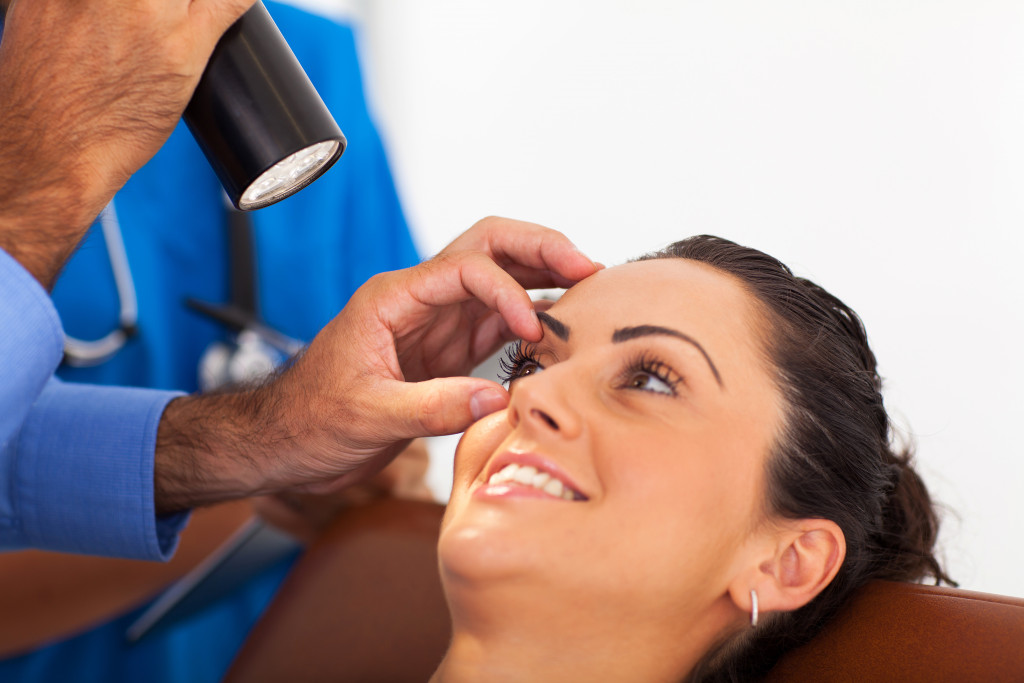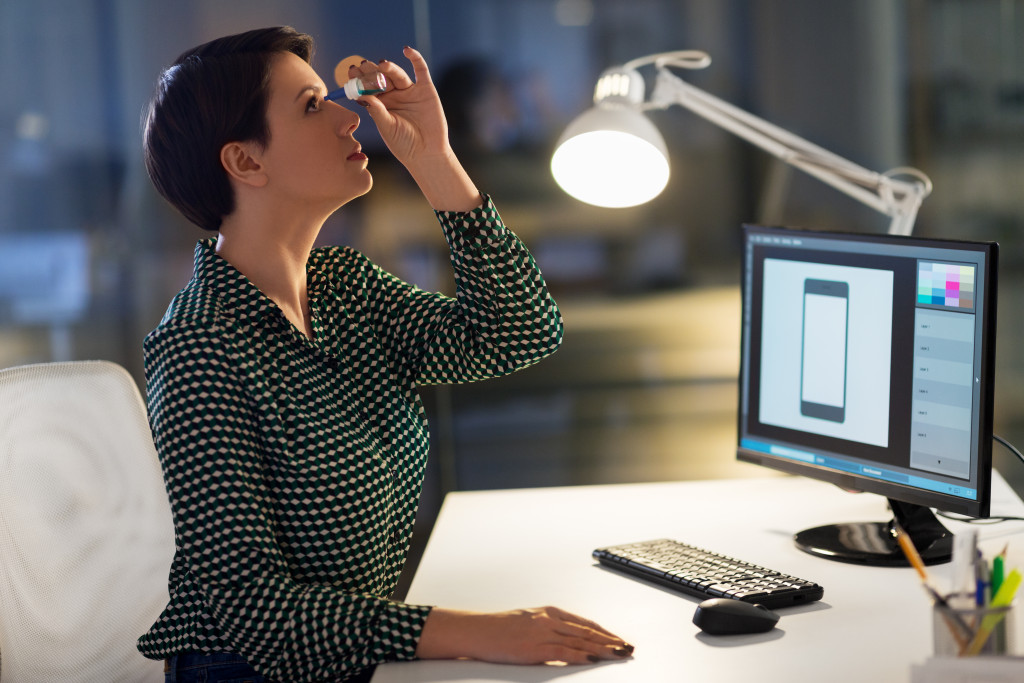Did you know that women are more likely to suffer from eye diseases than men? This is because of hormonal changes and a greater risk of certain chronic diseases. A National Eye Institute (NEI) study found that women are twice as likely to develop age-related macular degeneration than men. The same research reported that women were more likely to experience cataracts and glaucoma.
But there is good news! There are steps you can take to protect your eyesight. Understanding the common diseases and risk factors affecting your vision can help you make informed decisions about your health. Here’s a breakdown of what you need to know about eye health for women.
Common Diseases
While there are various eye diseases, some are more prominent in women than in men. Here is a brief overview of those diseases:
Age-Related Macular Degeneration (AMD)
Age-related macular degeneration (AMD) is an eye disorder caused by aging. It’s more common among women than men and usually affects people over 50. AMD causes vision loss in the center of your visual field and can make it difficult for you to read or recognize faces.
Symptoms include blurry vision, blind spots in your central vision, distorted vision, and difficulty adjusting to low-light environments. AMD can be treated with medication or surgery, depending on the severity of the condition.
Cataracts
Cataracts are opacities on the lens of your eye which cause cloudy or blurry vision that cannot be corrected with glasses or contact lenses. Cataracts typically affect people over 40 years old, but they can also occur earlier due to injury or illness. Symptoms include decreased night vision, increased sensitivity to light, double vision in one eye only, and a gradual decrease in overall vision.
Advanced cataract surgery is necessary for treating cataracts as there is no other known cure for them at this time. The operation will involve replacing the cataract with an artificial lens, allowing the patient to regain their eyesight.
Glaucoma
Glaucoma is an eye disease caused by fluid buildup in the eyes, which can lead to optic nerve damage and eventually blindness if not treated. It’s more common among older women but can also affect younger women.
Symptoms of glaucoma include blurred vision, difficulty seeing at night, headaches, red eyes, halos around lights, tunnel vision, and pain around your eyes. Glaucoma treatment involves medications or surgery, depending on the severity of your condition.
Risk Factors
Several risk factors increase your chances of developing an eye disease, such as smoking, diabetes, and high blood pressure. Other risk factors include aging—the risk of developing eye disease increases over time—and genetics—family history plays a role in many inherited eye conditions.
Certain medications used to treat other health conditions may also affect your vision. Therefore, it’s essential to consult with an ophthalmologist before starting any new medications or supplements, as they can advise you on any potential side effects that could impact your vision.
Prevention
Fortunately, there are some simple steps you can take to reduce your risk of developing serious eye conditions. Let’s look at some of the best ways to prevent eye diseases and keep your eyes healthy today.
Visit Your Eye Doctor Regularly

Regular visits to your optometrist or ophthalmologist can help catch any potential issues early on before they become a bigger problem. During a comprehensive exam, your doctor will check for common issues like nearsightedness, farsightedness, and astigmatism.
They’ll also check for more serious conditions like glaucoma and cataracts. It’s recommended that adults have their eyes checked every one to two years—so schedule an appointment with your doctor soon if it has been a while since your last visit!
Practice Good Habits
You can also make several lifestyle changes to keep your eyes healthy, including wearing sunglasses outdoors, quitting smoking if applicable, and eating foods rich in nutrients like vitamins A and C.
Additionally, try taking breaks from screens throughout the day—your eyes need a break too! If you experience any noticeable changes in vision or pain during regular activities such as reading or working on the computer, call your doctor right away.
Protect Your Eyes
In addition to regular visits and good habits, women should also consider protecting their eyes from injury by wearing safety glasses during certain activities, such as mowing the lawn or working with power tools. Safety glasses should also be worn when playing contact sports like basketball or hockey; polycarbonate lenses offer protection from ball strikes and other impacts that may occur during playtime.
The Bottom Line
Eye health is often overlooked, but it’s essential for maintaining overall well-being. Women face unique risks regarding their vision which is why understanding these risks and taking preventative measures is so important. Regular visits to an ophthalmologist will help ensure that any potential issues are caught early on while proper nutrition, exercise, restful sleep habits, along with quitting smoking, and protecting our eyes from excessive sunlight will all help protect our sight well into old age! Taking care of our eyes now will go a long way in preserving our vision for years to come!

